This guide provides key facts about Charleston, plus an interactive map to help you plan your trip.
Located along South Carolina’s coast, Charleston is a charming city, especially “the peninsula” where one finds cobblestone streets, stately historic homes, quaint inns and shops, beautiful views of the harbor, and the picturesque French Quarter. In other areas of the city, visitors can explore gardens, beaches, state parks, more historical sites, and the oldest tea garden in North America.
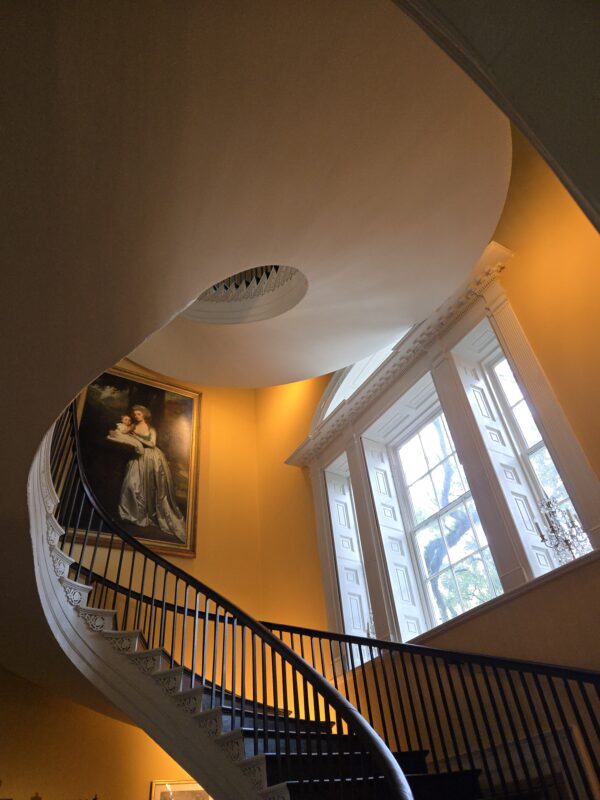
Inspiration
When I was thinking of places to visit in 2025, Charleston was the first domestic destination that came to mind. I love history, and Charleston is the ideal place to visit for those passionate about the subject. From the city’s early years as home to several Native American tribes to its pivotal role in the American Revolutionary War and Civil War, Charleston is steeped in a rich and fascinating history that is shared through its beautiful historic homes, well-curated museums, and interesting walking tours.
Travel Style
My trip to Charleston was a solo adventure over the Martin Luther King Jr. holiday weekend (January 2025). The plan was to focus on the historic areas within the peninsula and then visit one or two noteworthy sites in other parts of the city. However, with two days of rough weather, I had to adjust my itinerary and miss out on a few places. Despite the crazy weather, I still had a great time and can’t wait to return!
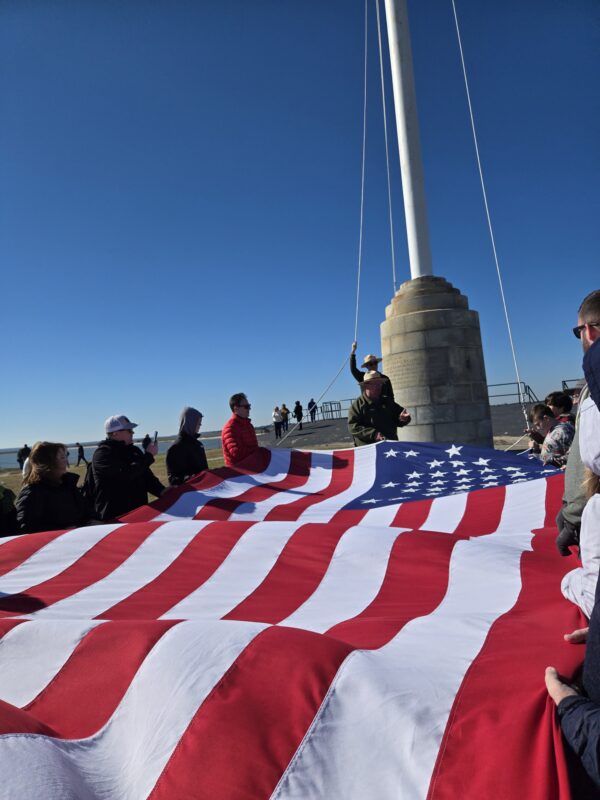
Itinerary
Thursday ~ I arrived in Charleston late Thursday evening and took an Uber to the hotel.
Friday ~ Knowing that the weekend would bring rough weather, I changed my reservation to visit Fort Sumter on this day. This experience included exploring museums, enjoying a ferry ride to the fort, and raising the American flag over the fort alongside the park rangers. Later that day, I participated in a walking tour of Historic Charleston.
Saturday ~ On this day, the weather was constant downpours, which led me to scrap my visit to McLeod Plantation Historic Site, a site recommended by a friend who is an archaeologist in South Carolina. Despite the weather, I managed to visit the South Carolina Historical Society and the Charleston Museum.
Sunday ~ Weather was a bit better today, so I headed out and explored the Nathaniel Russell House Museum and the Heyward-Washington House. In the afternoon, I visited the Old Exchange and Provost Dungeon and the Powder Magazine Museum.
Monday ~ For my last day in the city, I started by visiting the Aiken-Rhett House Museum, followed by the Joseph Manigault House. I concluded my trip by visiting the Old Slave Mart Museum and strolling through the French Quarter.
Visiting Charleston in January comes with two big perks: Restaurant Week and Museum Mile Month. These experiences are perfect for budget-conscious travelers, offering the chance to savor delicious meals and explore fascinating sites all for a fraction of the cost.
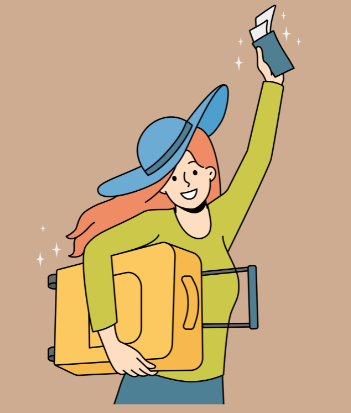
Excited about Charleston and ready to book a trip? Explore these destination guides, which provide information on what to expect, admission discounts, accessibility details, and more. ⬇️
General Information
Itinerary Ideas (coming soon)
Lodging Guide (coming soon)
Dining Guide (includes info on Restaurant Week)
Guide to Museum Mile Month
Sites
Fort Sumter & the Fort Sumter Visitor Center
The Charleston Museum
Powder Magazine Museum (coming soon)
Old Slave Mart Museum
South Carolina Historical Society
Old Exchange and Provost Dungeon
Aiken-Rhett House Museum
Joseph Manigault House
Heyward-Washington House
Nathaniel Russell House Museum
Interactive Travel Map
Fellow adventurers, here is a great map you can use to plan your trip to Charleston! I created this map while planning my own trip and added the restaurants I visited afterward. Due to the weather, I was not able to visit all the sites on my list.
Check out this travel guide to learn how to create your own My Maps for your next trip.

Click on each icon to get more information, such as address, phone number, and website, for each site. You can also select the option to view the site in Google Maps.
| Blue ~ Museums | Green ~ Garden | Dark Red ~ Hotel |
| Orange ~ Historical Homes | Gray ~ Dock for Ferry | Purple – Restaurants |
| Yellow ~ Historical Churches |
Key Facts
Language: In Charleston, English is the main language, but many Uber drivers speak little to no English. Be mindful of this fact if an Uber driver has trouble understanding you or is not very talkative.
Transportation: Charleston offers a free bus service (DASH) that runs three routes throughout the peninsula. This service is a good option for travelers looking to save money. As for Uber, I used the service a few times and found it to be very reliable in Charleston. There is also the option to rent a car, but parking may be limited during peak times and travel seasons. Note that many historic sites are within walking distance of each other, so one doesn’t need to rely on a car, public transportation, or rideshare all that much unless interested in visiting places outside the peninsula.
(Coming Soon – Charleston Transportation Guide)
Currency: The US Dollar. For foreign visitors, credit cards are accepted in most places, and there are ATMs at the airport and throughout the city.
Weather: The spring and fall seasons have cool, pleasant weather, while summers tend to be hot and humid with a higher chance of rain (note that some historical sites do not have A/C). It gets cold in the winter, but Charleston generally does not experience snowfall. I visited the city in mid-January; the first 3 days, it was 50°F during the day, and on the final day, due to a cold front, it was 32°F and windy. Evenings were around 40°F.
Safety: Now to an important topic everyone has in mind – safety. Is Charleston a safe city? I felt super safe walking around Charleston and taking public transportation, even at night. I think it is a great city for solo travelers.
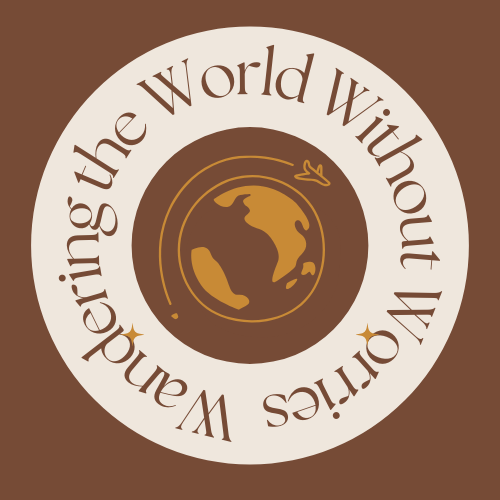
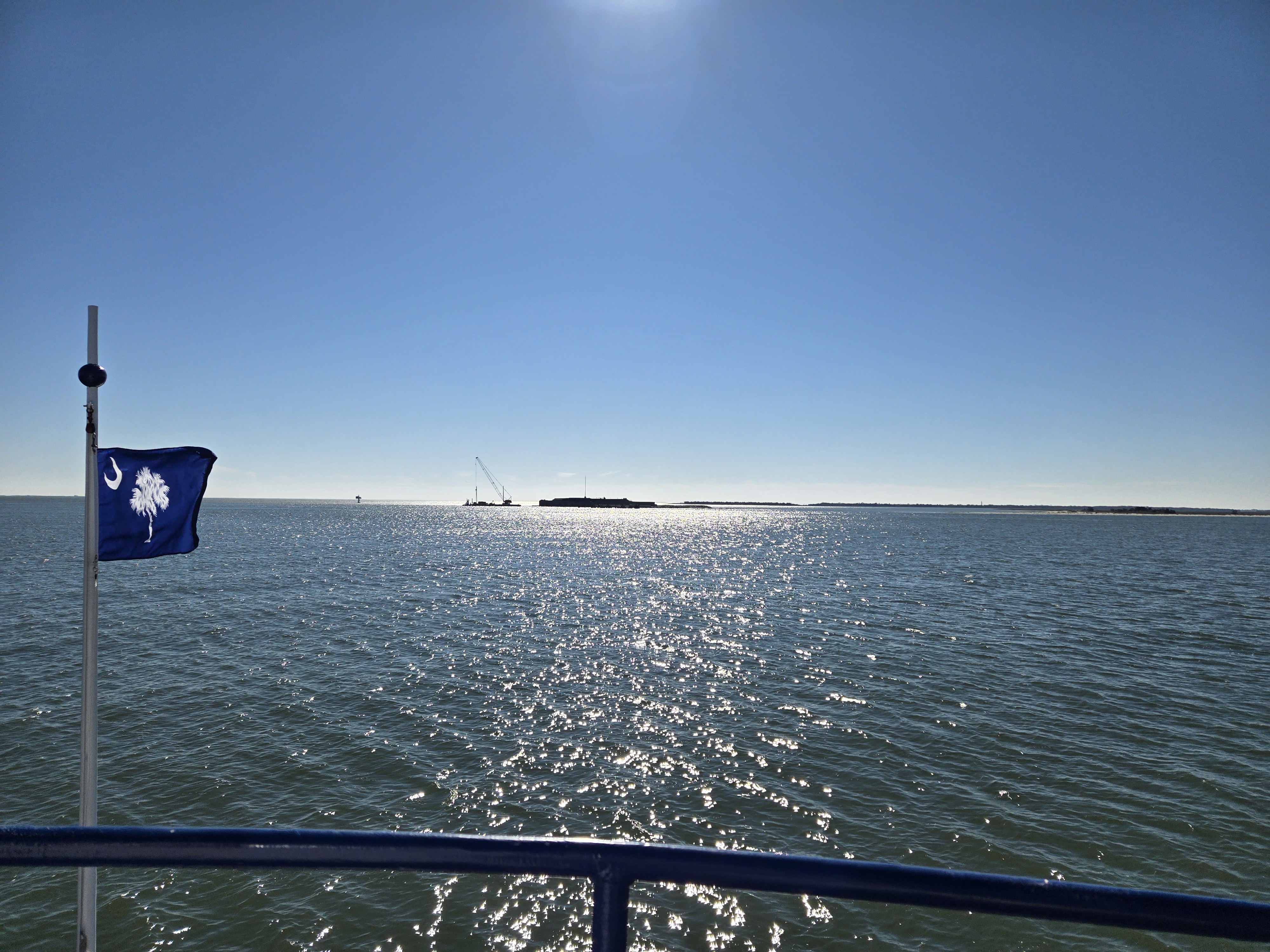
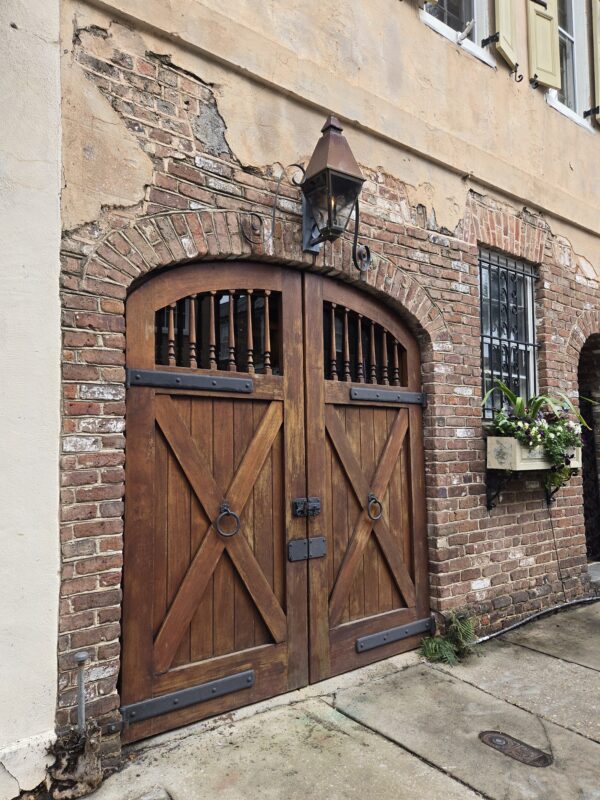
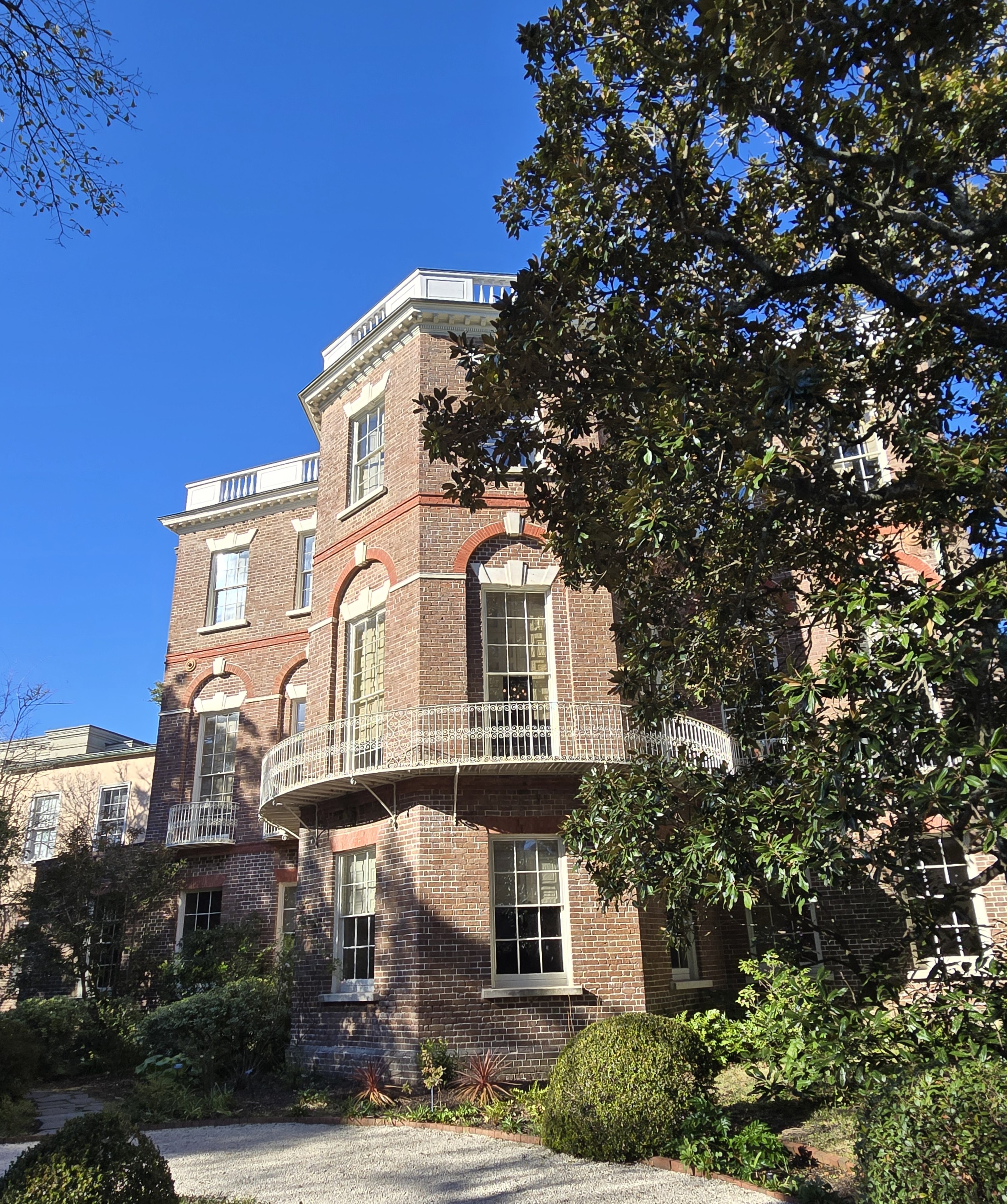
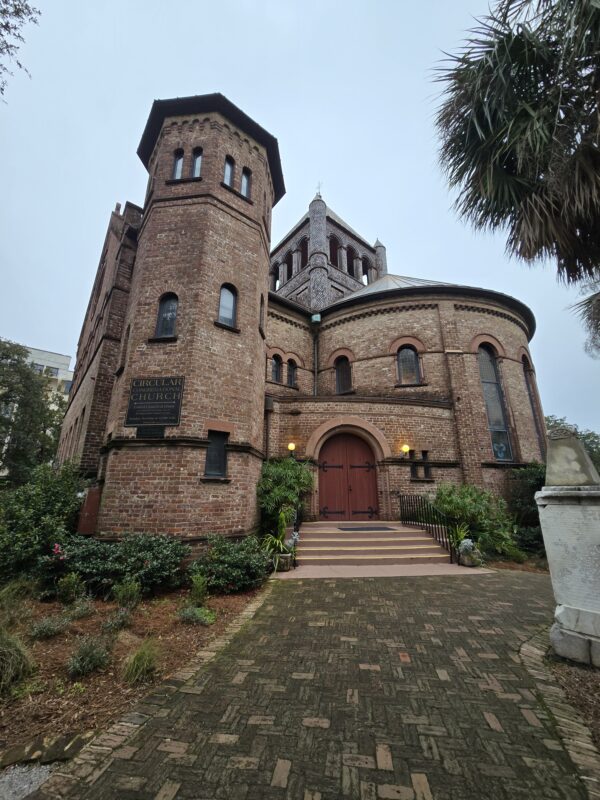
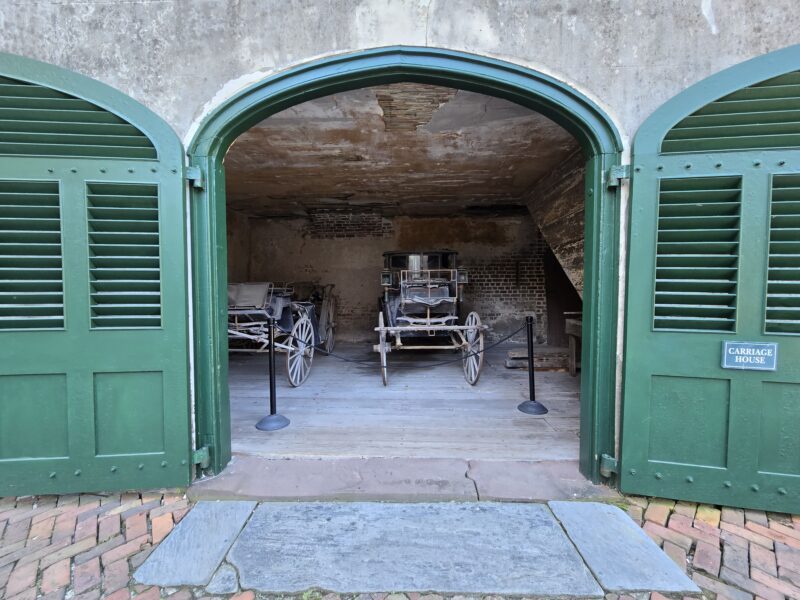
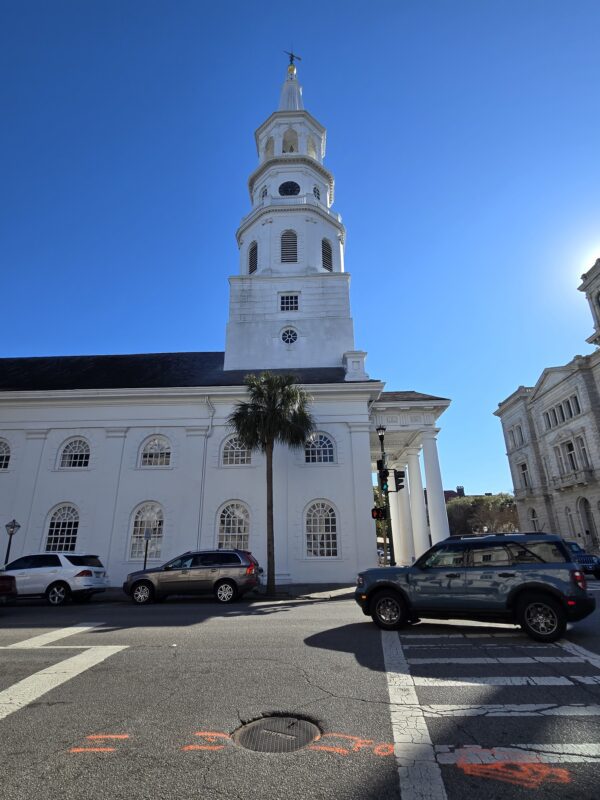
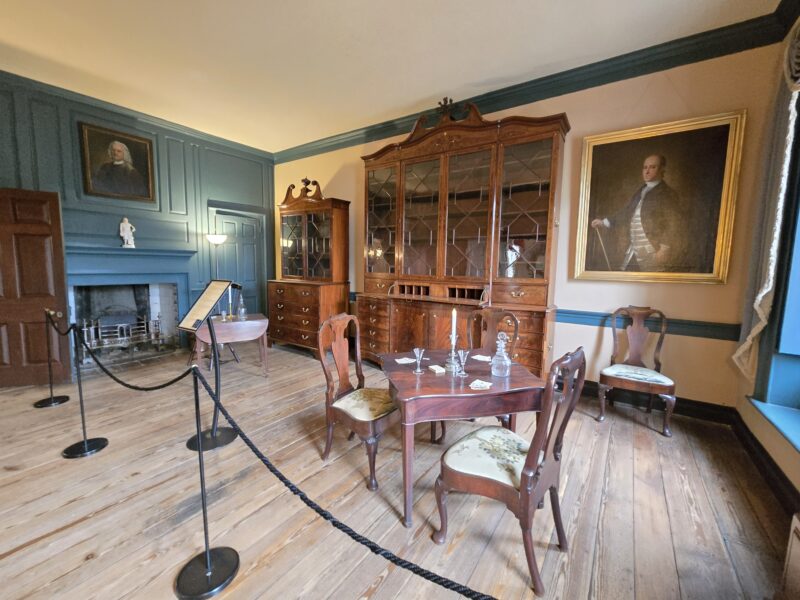
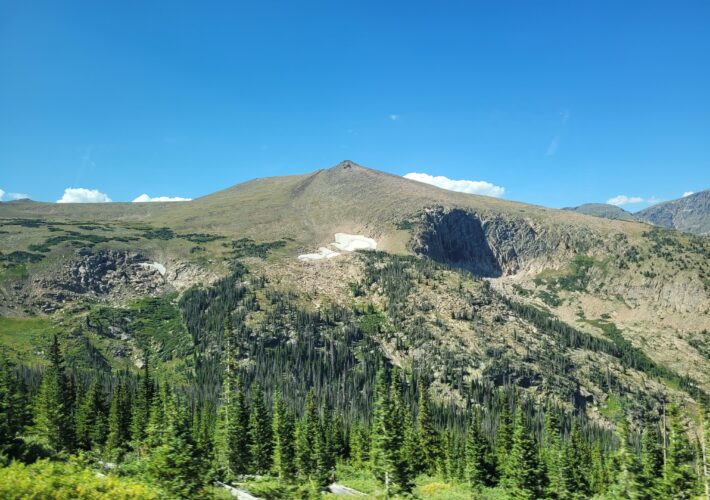
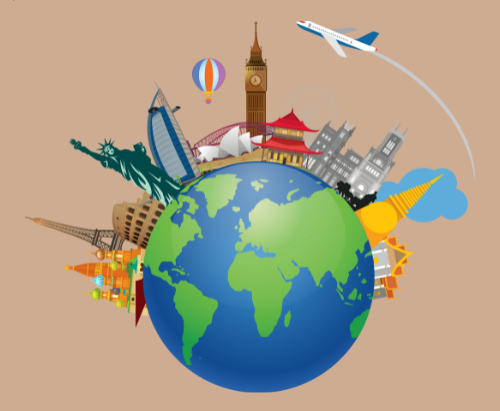
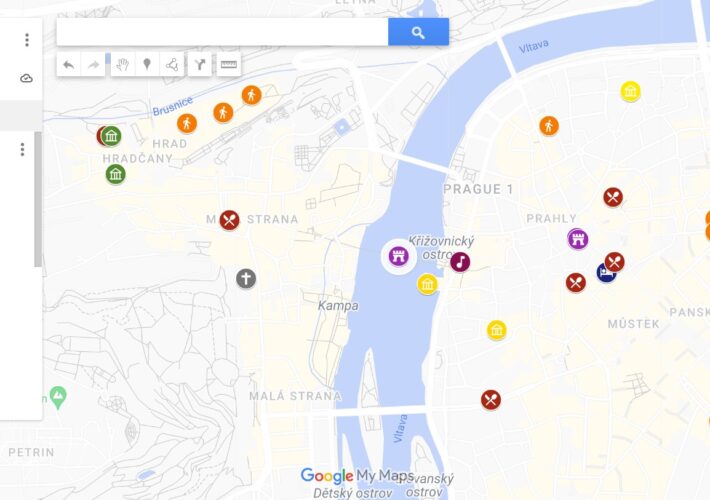
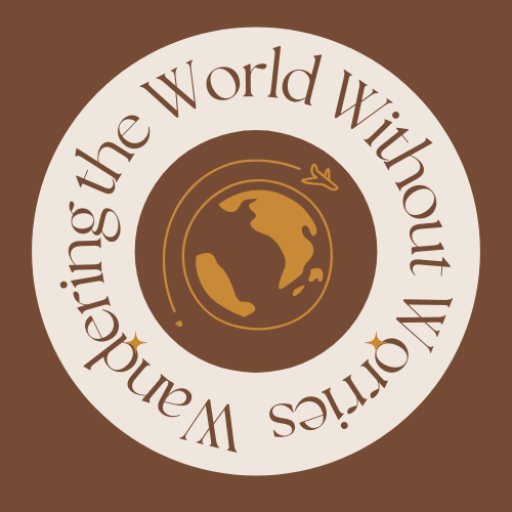

Leave a Comment